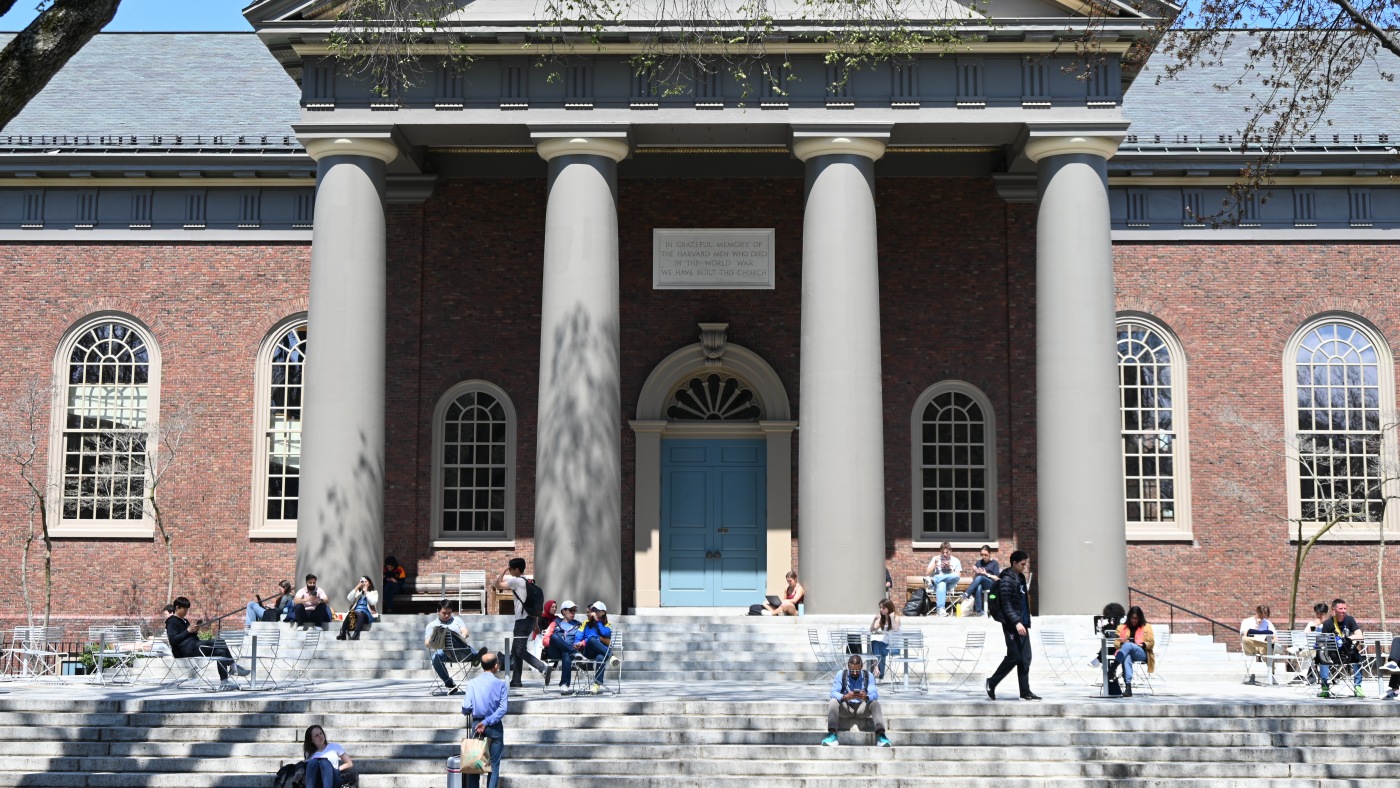The Role of Philanthropy in Bridging the Funding Gap
The Eroding Landscape of Federal Funding
In recent years, the landscape of federal funding has undergone significant shifts, particularly under the Trump administration. These policy changes have resulted in substantial reductions in government spending across various sectors, including public health, environmental protection, international aid, and education. For example, in April 2024, over $2.2 billion in grants and $60 million in contracts were frozen, signaling a marked retreat from major areas of government spending. This retrenchment has left many organizations, from universities to nonprofits, in a precarious position, forcing them to seek alternative funding sources. Private philanthropy has emerged as a potential lifeline, but the question remains: can it truly bridge the widening funding gap?
The Potential of Private Philanthropy
Private philanthropy offers a unique advantage: flexibility. Foundations and individual donors can direct funds toward urgent community needs, often more swiftly than government programs. This agility allows for innovative solutions and the filling of specific gaps left by federal cutbacks. The Wellcome Trust, for instance, has emphasized the importance of philanthropic efforts in addressing global health funding gaps. However, it is essential to recognize that while philanthropy can make a significant impact, it cannot entirely replace the broad, equitable, and stable funding provided by government programs.
Philanthropic efforts can catalyze change, but they often lack the scale and sustainability of government funding. Foundations hold substantial assets—U.S. foundations alone possess over $1.5 trillion—but experts argue that even this considerable sum is insufficient to make a significant dent in the funding gaps left by federal cutbacks over the next few years. Moreover, philanthropic funding is often unpredictable, subject to the whims of donors, and can be unreliable for long-term planning.
Limitations and Challenges
Despite its potential, philanthropy faces several limitations in fully replacing government aid. One of the most significant challenges is the unpredictability of funding. Donors may change their priorities, leading to sudden shifts in funding streams. This unpredictability makes it difficult for organizations to plan for the future, as they cannot rely on a steady income from philanthropic sources.
Additionally, philanthropic funding often comes with strings attached. Donors may have specific agendas or preferences, which can influence the direction of projects and programs. This can sometimes lead to a misalignment between the donor’s priorities and the actual needs of the community. Furthermore, the administrative burden of securing and managing philanthropic funds can be substantial, diverting resources away from the core missions of organizations.
Case Studies and Real-World Examples
The impact of philanthropy can be seen in various sectors, highlighting both its potential and its limitations. In the education sector, universities facing threatened or frozen federal funding have turned to private donors to fill the gaps. For example, institutions like Harvard and Stanford have received significant donations to support research and infrastructure projects. Similarly, nonprofits relying on U.S. foreign assistance have sought alternative funding sources as the Trump administration suspended nearly all foreign aid contracts. While these efforts have provided some relief, they have also highlighted the challenges and limitations of relying on philanthropy alone.
One notable example is the Gates Foundation, which has invested heavily in global health initiatives. While these investments have led to significant advancements, they have also raised questions about the sustainability and equity of philanthropic funding. The foundation’s priorities may not always align with the most pressing needs of the communities it aims to support, and the reliance on a single donor can create dependencies that are difficult to break.
The Role of Philanthropy in Education
In the education sector, private philanthropy has played a crucial role in supporting universities and research institutions. However, the extent to which philanthropy can fill the funding gaps left by federal cutbacks remains a contentious issue. While foundations and individual donors have stepped in to provide financial support, the unpredictable nature of philanthropic funding poses significant challenges for long-term planning and sustainability.
For instance, the Andrew W. Mellon Foundation has been instrumental in supporting the humanities and arts in higher education. However, the foundation’s funding is subject to change, and universities must continually seek new donors to maintain their programs. This constant search for funding can be a significant drain on resources, diverting attention away from the core mission of education and research.
The Future of Philanthropy and Government Aid
As the federal budget crisis looms, the role of philanthropy in addressing funding gaps will become even more critical. Foundations and individual donors will need to work closely with government agencies and nonprofits to develop sustainable funding solutions. This collaboration will be essential in ensuring that critical programs and services continue to receive the support they need, even in the face of shrinking government aid.
One potential solution is the creation of public-private partnerships, where government agencies and private donors collaborate on funding initiatives. These partnerships can leverage the strengths of both sectors, providing stable, long-term funding while also allowing for the flexibility and innovation that philanthropy can offer. For example, the Partnership for Public Service has successfully brought together government agencies and private donors to address critical issues in public administration.
Conclusion: A Call for Collective Effort
In conclusion, while private philanthropy can play a vital role in filling the gaps left by shrinking government aid, it is not a panacea. The limitations and challenges faced by philanthropic efforts underscore the need for a collaborative approach that involves government, nonprofits, and private donors. By working together, these stakeholders can develop innovative and sustainable solutions to address the funding challenges of the future. The power of giving and volunteering, when combined with strategic government support, can create a more resilient and equitable society. As we navigate the complexities of the current funding landscape, it is essential to remember that the future of our communities depends on our collective efforts and commitment to shared goals. The path forward requires a blend of public and private resources, guided by a shared vision of a better, more sustainable future for all.

